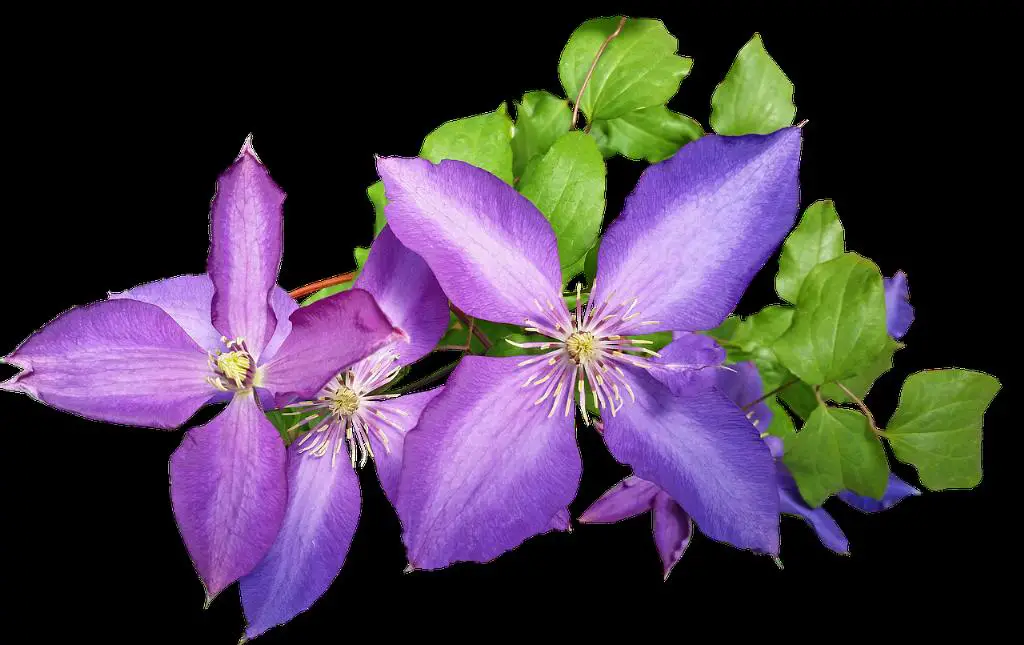One of the key factors to consider when determining the best time to plant clematis is the season. Late spring and early autumn are generally recommended as the ideal times for planting these beautiful flowering vines. During these periods, the soil is typically moist and warm, providing the optimal conditions for clematis to establish and thrive.
While it is possible to plant clematis in the summer months, it is important to note that extra care will be needed, especially with regards to watering. The warmer temperatures and increased sunlight during summer can put extra stress on newly planted clematis, requiring more frequent watering to ensure they establish well.
One crucial tip to keep in mind is to avoid planting clematis during the winter season. The cold temperatures and dormant growth phase of clematis during winter make it a less than ideal time for planting, as the plants may struggle to establish themselves in the frosty conditions.
When choosing a location for planting clematis, keep in mind that these versatile vines can thrive in a variety of settings. Whether you have a sunny garden spot, a partially shaded area, or even a space with dappled sunlight, there is likely a clematis variety that will thrive in your chosen location.
It’s also essential to consider the soil conditions when planting clematis. Clematis prefer well-draining soil that is rich in organic matter. Amending the soil with compost or organic matter before planting can help provide the necessary nutrients for healthy growth and abundant blooms.
Another key aspect to remember is the importance of proper spacing when planting clematis. These vines can grow quite vigorously once established, so it’s crucial to provide adequate space between plants to allow for proper air circulation and prevent overcrowding.
One effective technique for planting clematis is to ensure that the root ball is situated slightly below the soil surface. This can help protect the roots from extreme temperatures and ensure that the plant remains well anchored in the ground as it grows and develops.
Regular watering is vital, especially during the initial establishment phase after planting clematis. Providing consistent moisture without overwatering can help promote healthy root development and encourage vigorous growth in these stunning flowering vines.
Consider incorporating a layer of mulch around the base of newly planted clematis to help retain moisture, regulate soil temperature, and suppress weed growth. Mulching can be particularly beneficial during the hotter summer months when moisture retention is crucial for plant health.
Pruning is an essential maintenance task for clematis, but the timing can vary depending on the type of clematis you are growing. Generally, early-flowering clematis are pruned after flowering, while late-flowering varieties are pruned in late winter or early spring to encourage new growth and flowering.
Overall, the best time to plant clematis is in late spring or early autumn when the soil conditions are favorable, and the plants have the best chance of thriving. By following proper planting techniques, providing adequate care and maintenance, and choosing the right location, you can enjoy the beauty of clematis in your garden for years to come.

